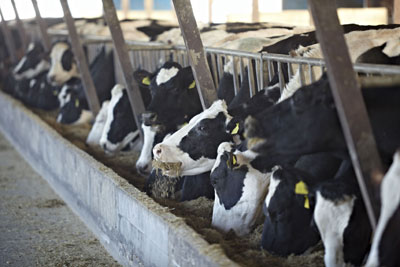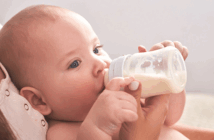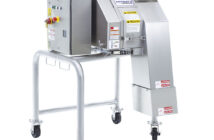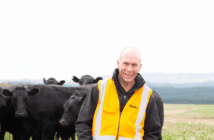In-fighting over the amount of control shareholding farmers will retain in Fonterra will now drag on until November – and possibly longer – because of last month’s inconclusive vote on the issue.
Chairman Sir Henry van der Heyden had hoped that June 25 would bring final decisions on two major matters concerning the future of the co-operative.
Despite vigorous opposition from many of the 11,000 or so members, Sir Henry’s aim was achieved on the key one – the core of the controversial Trading Among Farmers (TAF).
This enables non-farmers to start investing in the dairy giant which is predicted to reach a revenue landmark of $20 billion this year.
The TAF concept won 66.45 percent of votes, so topping the required simple majority, and that paved the way for Fonterra’s biggest shake-up since its formation in 2001.
The aim is to remove a danger which many have considered the organisation’s Achilles’ heel – the financial exposure it could face because of its redemption risk.
Dairy farmers have been required to buy Fonterra shares when they start or expand their businesses and the redemption risk option obliges Fonterra to buy back shares from members wishing to raise capital.
Those shares are then held by what is called a ‘farmer custodian’ – in reality a form of parking area – and can later be bought back.
But there was always a risk of an overheavy run on the fund and that risk, in Sir Henry’s words, “got magnified through the global crisis in 2008”.
Problems stemming from the crisis, exacerbated by severe drought, resulted in Fonterra paying out more than $600 million.
Newly-eligible non-farmer investors will not have the protection inherent in this scheme. They will have access to dividends but will have no voting or milk supply rights.
This arrangement gives Fonterra the benefit of permanent capital, which brings greater flexibility and freedom to improve its already impressive position in the global market.
Controversy persists, however, over the proportion of the shares which will be available for public investment.
In June 2010 farmer shareholders voted to allow the outside public no more than 25 percent of the total. Fierce and occasionally acrimonious dissension resulted in a proposal to lower the level to 20 percent.
This was the issue which prompted the resignation of Simon Couper as chairman of Fonterra’s shareholders council. Mr Couper – described by Federated Farmers dairy chairman Willy Leferink as “a man of principle” – warned: “A threshold of anything over 15 percent puts the co-operative at risk.”
He feared having two competing factions in the organisation – one possibly more concerned with the size of dividends than the price paid to farmers for milk.
“Farmers must realise that TAF will put us on a path that has the potential to become a slippery slope,” he said.
Mr Leferink cited the case of Ireland’s Kerry Group. In 1986, the co-operative retained 51 percent as a cornerstone holding when it became a listed company. The percentage has now dropped to 17.1.
Politicians have also mounted attacks on the proposal.
Labour’s primary industries spokesman Damien O’Connor visualises trading by non-farmers would create tension between them and milk suppliers and lead to ‘demutualisation’.
NZ First’s Richard Prosser, who had an observer role on the select committee considering the Dairy Industry Restructuring Bill, says that no co-operative in the world has survived as a co-operative after allowing in outside investor capital.
As the proposal for non-farmers to have a ceiling of 20 percent failed last month it will now be considered again at the November AGM.
Although outside investors will have no direct say in the direction taken by the company – having no right to any vote – they will undeniably have a fair amount of influence.
They would probably pull out, for instance, if the fund’s performance were to be disappointing and if they did so in sufficient numbers there could well be an impact on policy. That could involve boosting profits by cutting the price paid for milk.
That is another aspect of the matter farmer share-holders will have to balance when voting in November.





























































































